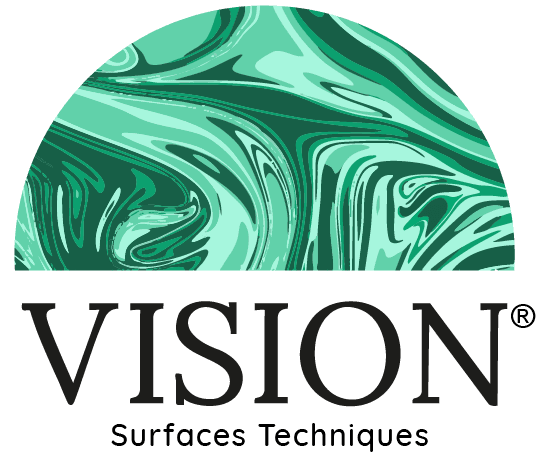Exploring Human-Centric Lighting, Textures, and Microcement in Design
Introduction to Human-Centric Design
In recent years, the design world has increasingly embraced the concept of human-centric design. This approach prioritizes the needs, preferences, and well-being of individuals who interact with a space or product. By focusing on the human experience, designers create environments that enhance comfort, productivity, and health.
Three key components of this evolving design philosophy are human-centric lighting, textures, and microcement. Each plays a unique role in crafting spaces that resonate with users on a deeper level.

Understanding Human-Centric Lighting
Lighting is an essential aspect of any design project, but human-centric lighting takes it a step further. It involves tailoring light sources to support the natural rhythms of the human body, often referred to as circadian rhythms. This means adjusting lighting conditions throughout the day to mimic natural daylight patterns.
Research has shown that appropriate lighting can improve mood, increase alertness, and enhance overall well-being. By integrating dynamic lighting systems, designers can create spaces that not only look beautiful but also promote health and productivity.

The Role of Textures in Design
Textures add depth and interest to any design project. They can influence the perception of a space and evoke specific emotions or responses. In human-centric design, textures are selected not just for their aesthetic appeal but also for their tactile qualities and how they interact with other elements in a space.
For example, soft textures like plush fabrics can create a sense of warmth and comfort, while rough textures such as exposed brick bring an element of ruggedness and authenticity. The strategic use of textures helps in creating environments that feel inviting and invigorating.
Exploring the Benefits of Microcement
Microcement is gaining popularity in the world of design due to its versatility and aesthetic appeal. This material is a thin coating that can be applied to various surfaces, offering a seamless finish. Its flexibility allows it to be used in numerous applications, from floors to walls and even furniture.
One of the significant advantages of microcement is its ability to create a sleek, modern look without the need for extensive demolition or construction. It is also highly durable and resistant to wear and tear, making it an excellent choice for high-traffic areas.

Integrating Human-Centric Elements in Design Projects
When designing a space with human-centric principles, it is crucial to consider how lighting, textures, and materials like microcement can work together harmoniously. Balance is key—too much of one element can overwhelm the senses, while too little may leave a space feeling incomplete.
Designers should strive to create environments that are adaptable and responsive to the needs of their occupants. This may involve using smart lighting systems, incorporating diverse textures, and selecting materials that support sustainability and long-term use.

Conclusion: The Future of Human-Centric Design
As we continue to prioritize wellness and sustainability in our living and working environments, human-centric design will likely become even more integral to the way we approach design projects. By focusing on elements like lighting, textures, and innovative materials such as microcement, designers can create spaces that are not only aesthetically pleasing but also deeply nurturing to those who inhabit them.
The trend towards human-centric design reflects a broader shift towards creating thoughtful, intentional spaces that enhance our daily lives. As this philosophy evolves, it promises to transform the way we think about design and its impact on our well-being.
